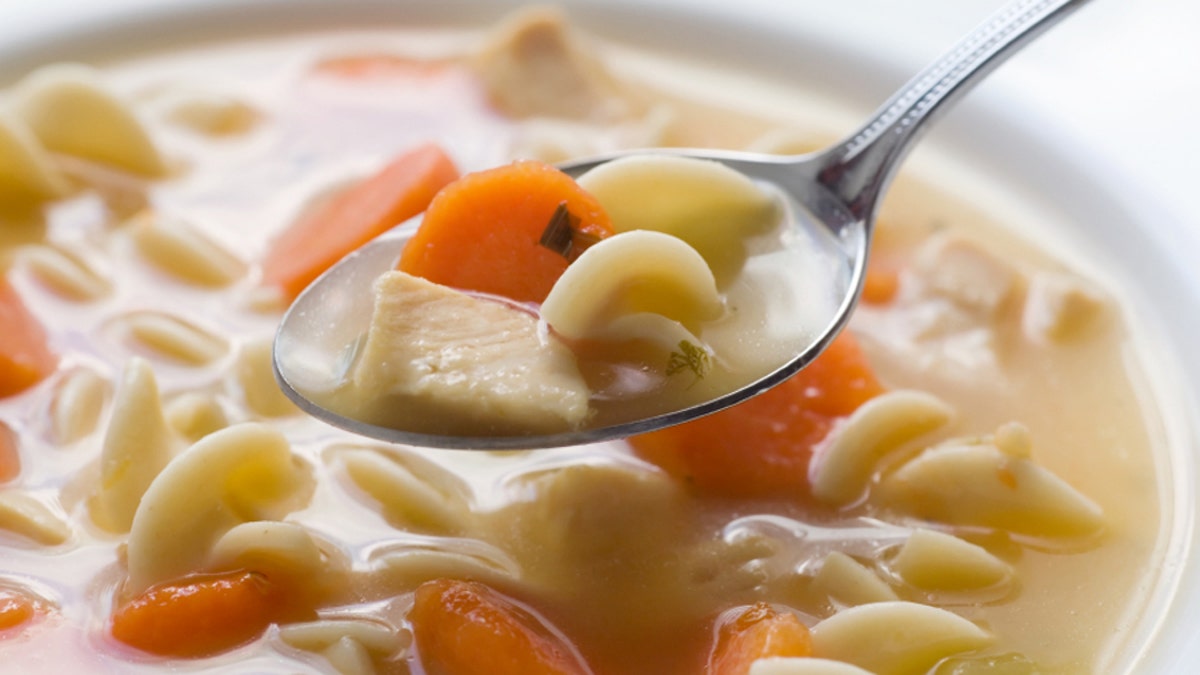
(iStock)
Eating seasonally may seem like an odd concept to some, after all, we can eat tropical fruits in the middle of a winter snowstorm thanks to mass agricultural transport. But before large supermarkets were the norm, people ate food as nature produced it.
Many ancient and holistic medical traditions, such as traditional Chinese medicine, view seasonal eating as the cornerstone to good health, both physically and emotionally. Foods from particular seasons can help the body meet season-specific challenges, such as colds and flus during the wintertime.
According to traditional Chinese medicine, eating warm weather “cooling” foods during the winter months can lead to sickness. ‘Cold’ energy foods such as raw foods, salads, tofu, fruit juice and frozen drinks can tax the immune system since it will have to work overtime to warm the body instead of focusing on warding off sickness. Focus on eating more protein, cooked foods, and adding warming spices to your meals.
Different parts of the country, and the world, can have vastly different produce available at different times of the year. Getting the most nourishment out of your food comes from eating what’s in season wherever you are. In the winter, with the dropping temperatures, it’s the perfect time to reduce, or eliminate cooling fruits and smoothies, and instead, opt for traditional warming soups.
An easy principle to keep in mind is that warming foods take longer to grow than cooling foods, which grow in the summertime. Root vegetables are great warming foods readily available in the cold months. Animal foods also fall into the category of warming foods, especially beef, lamb and wild game.
The following foods are in season in many parts of the country during the winter months: garlic, spinach, kale, collard, mustard greens, chard, beets, Brussels sprouts, broccoli, cabbage, carrots, cauliflower, celery, potatoes, pumpkins, sweet potatoes, mushrooms and winter squash. Any combination of these wonderful winter foods can make an immune-boosting soup when paired with homemade bone broth. While most fruits are abundant during the warmer months, apples, cranberries, figs and pears are nature’s winter desserts.
Cooking methods should also be taken into account during each season. Cooking food makes it easier to digest, so the energy that would have been used for digestion can now be available for other functions like warming the body. Longer cooking times, higher temperatures and greater pressure introduce more warming qualities to food than grilling or sautéing; and cooking for a long time on low heat provides more warming benefits than a short time on high heat.
The easiest way to eat seasonally is to shop at your local farmers market, join a Community Supported Agriculture (CSA) group or just make a list of seasonal produce to keep with you when you shop.
Finding entire cookbooks dedicated to a single ingredient can make cooking winter produce even more fun, as you’ll discover preparations and combinations that may not have crossed your mind.
